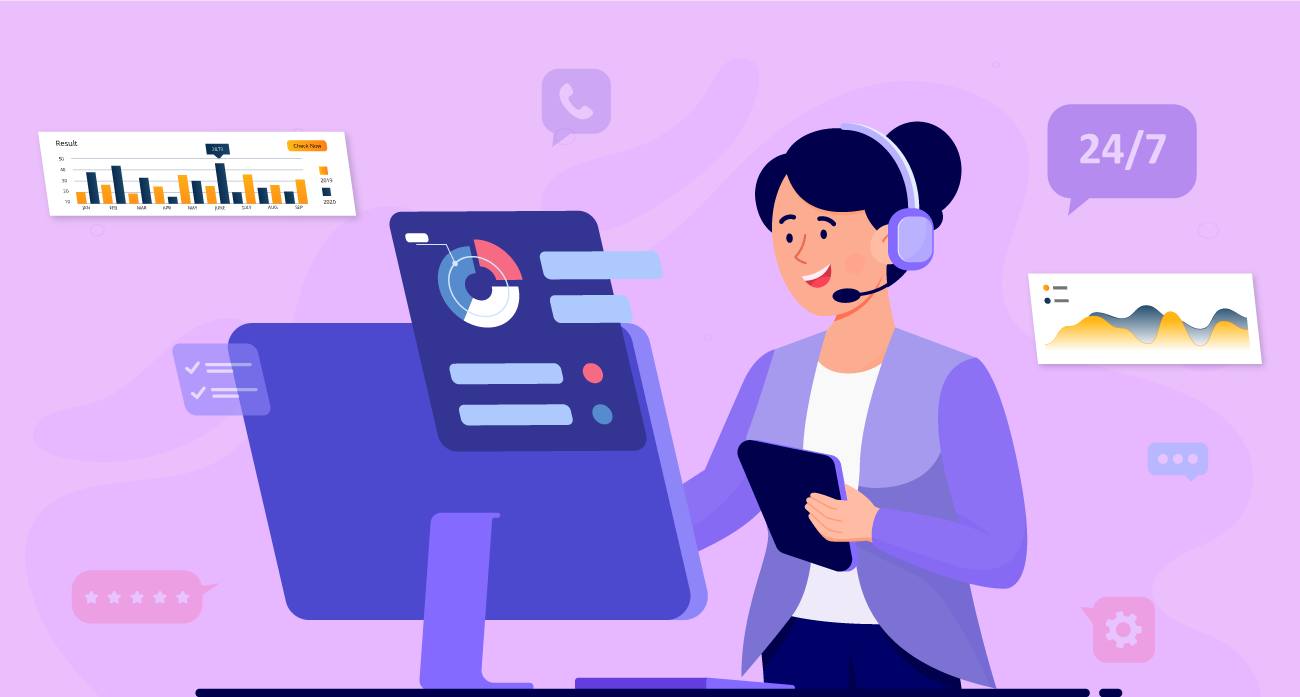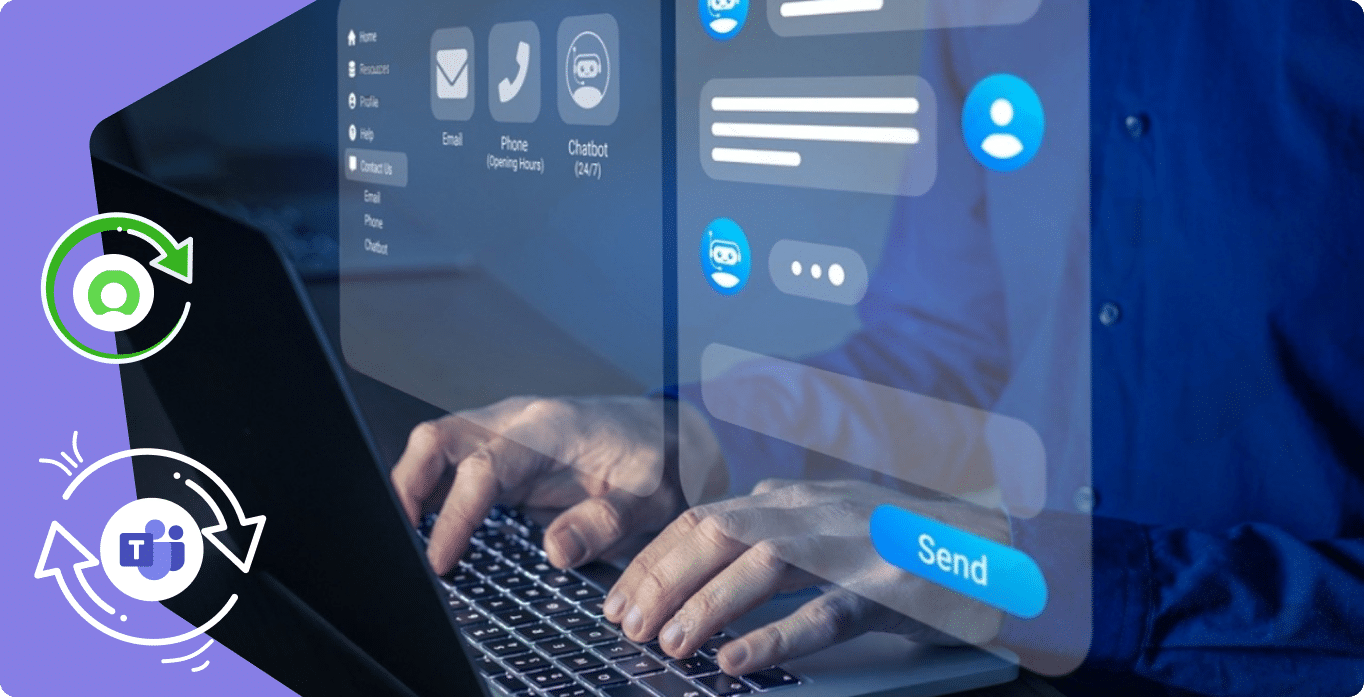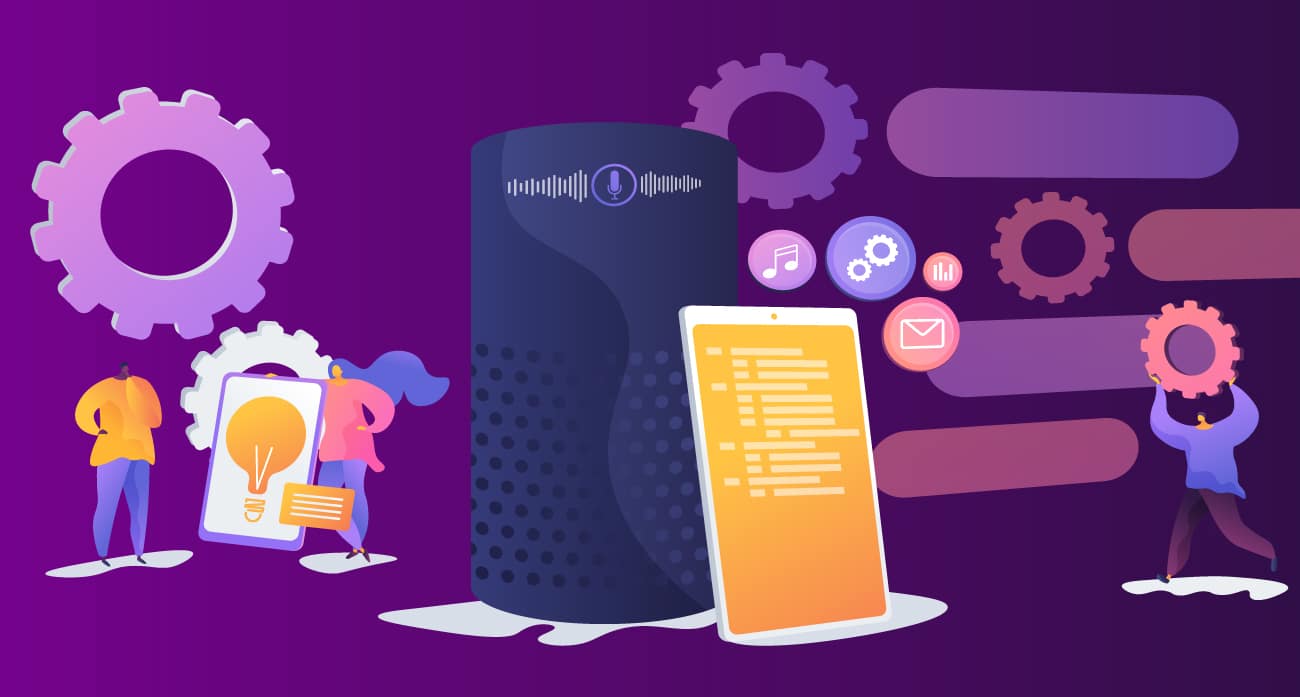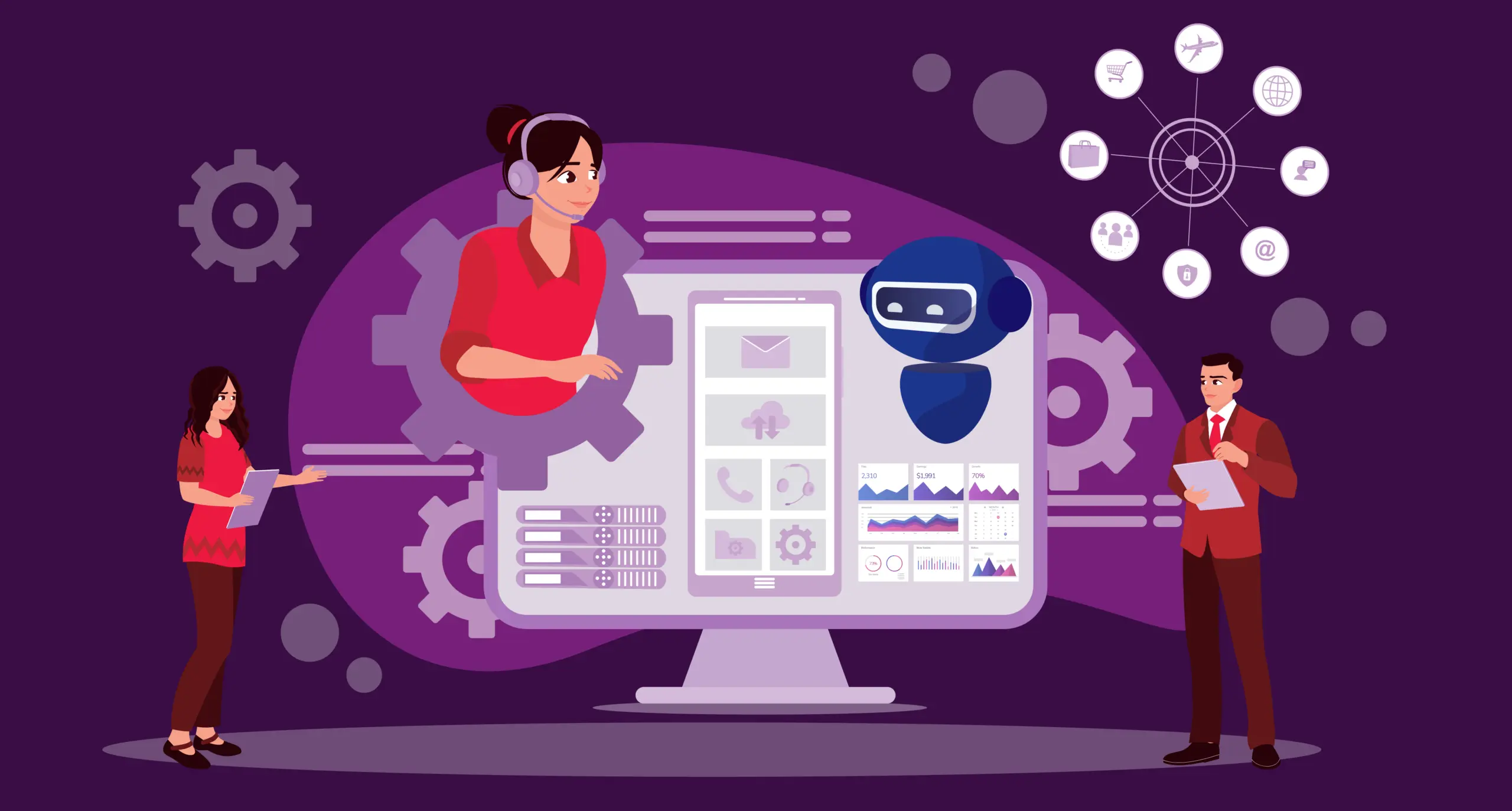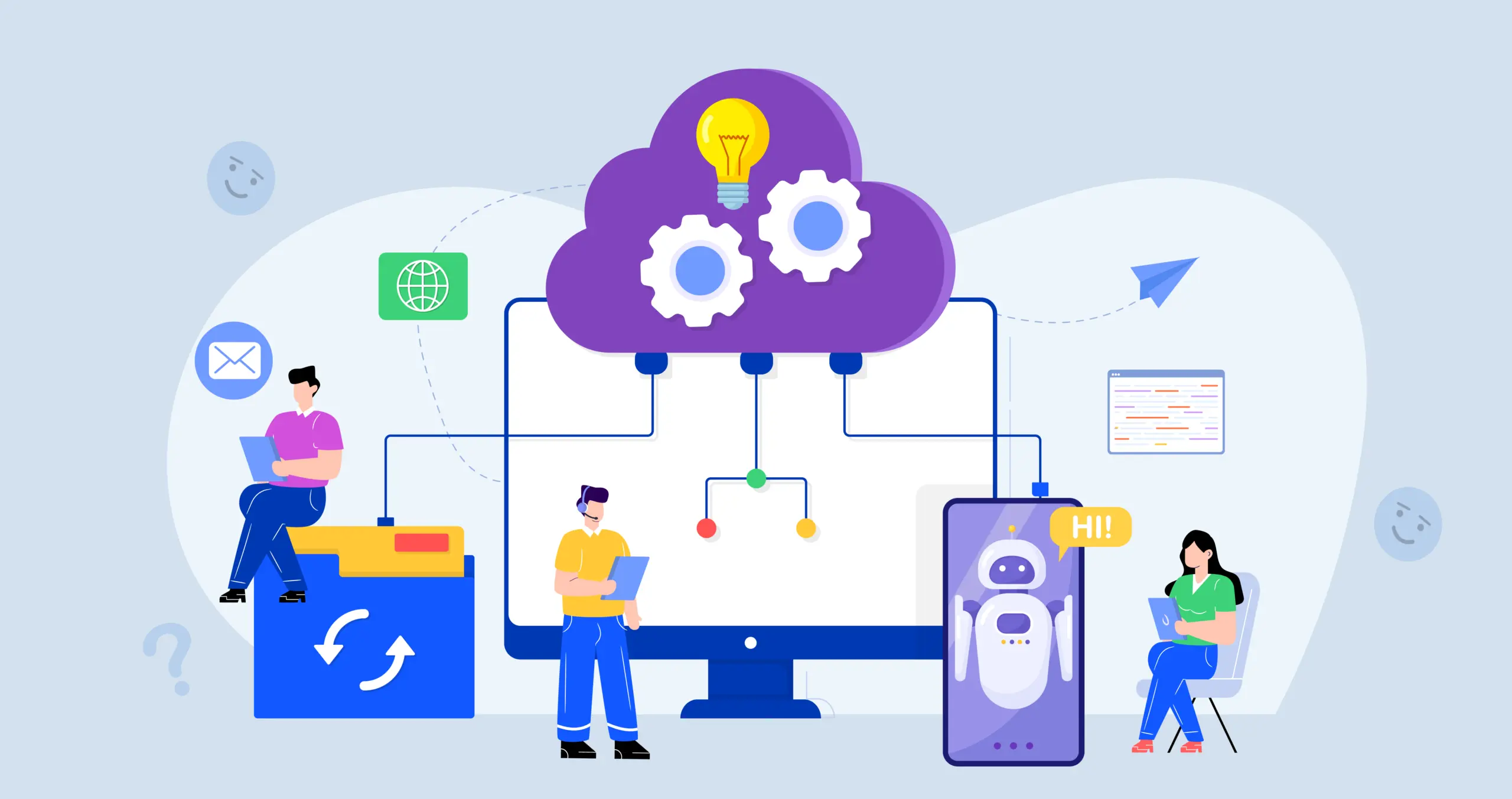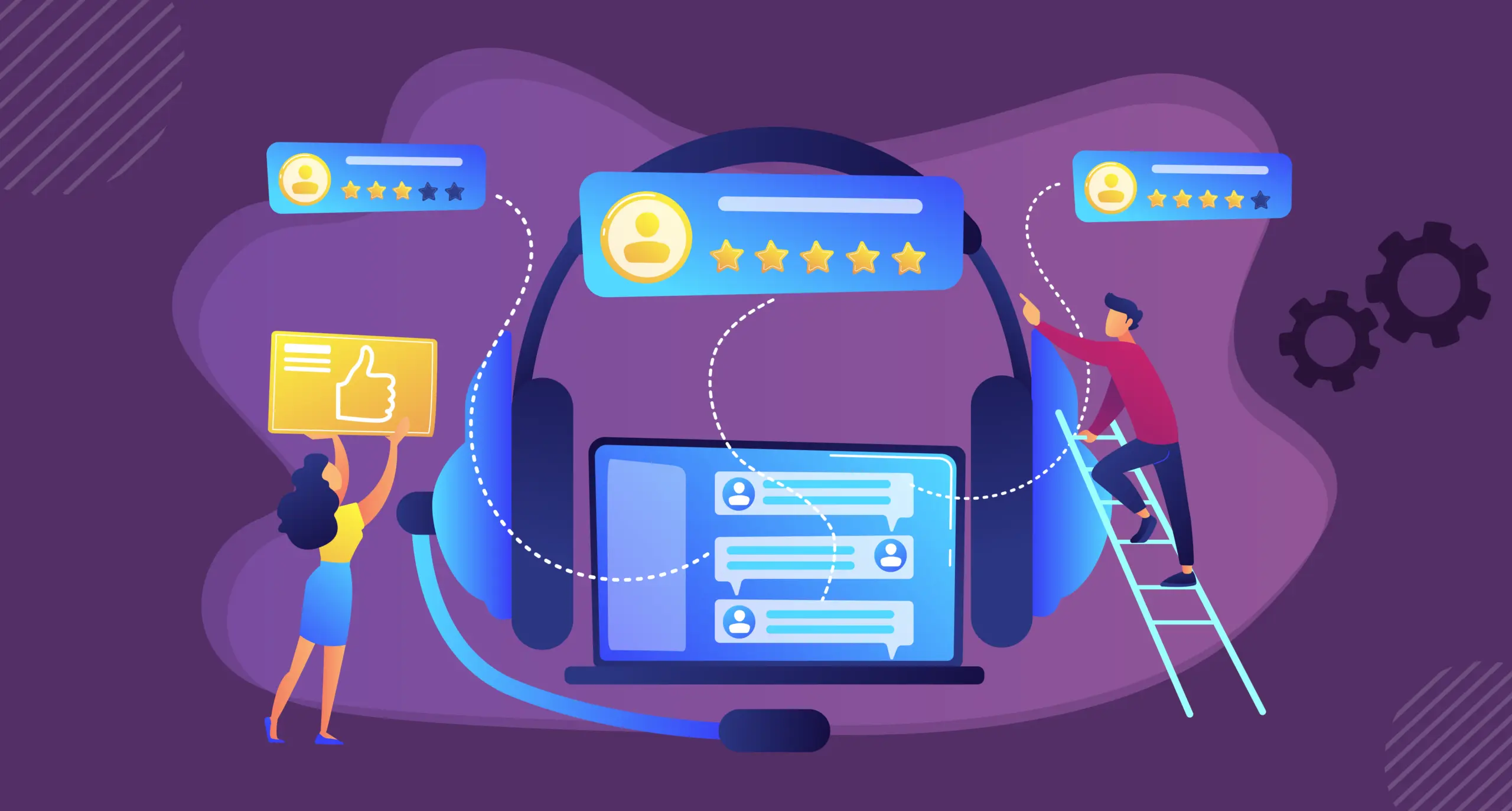Call center performance metrics and contact center performance metrics are indispensable tools for monitoring and improving the effectiveness of call centers. By analyzing these metrics, businesses can extract invaluable insights into their interactions with customers, identify areas needing improvement, and ultimately enhance their overall performance levels. This blog outlines what call tracking metrics mean, why they are important, common ones used, their influence on performance, the significance of technology, and practical techniques for call center optimization.
What Are Call Center Metrics?
Call center metrics are both quantitative and qualitative indicators that provide insights into how well a call center performs its functions. These measures help companies understand customer interactions, assess the quality of their client service teams, and use data-driven decision-making processes to improve service quality. By monitoring calls and studying related information, contact centers can ensure maximum efficiency, elevate customer satisfaction levels, and achieve positive business results.
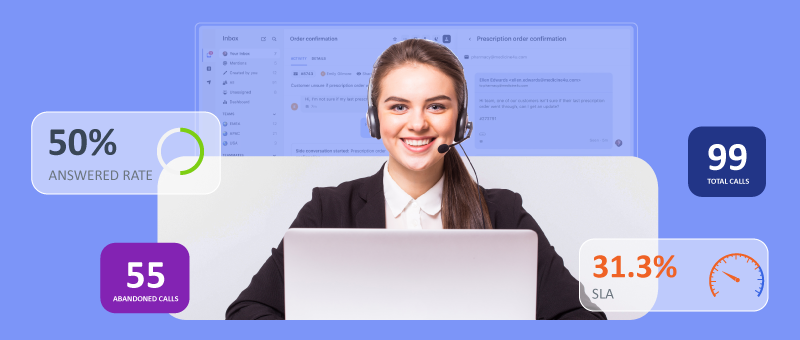
Examples of Call Center Metrics
There are several key metrics often employed to evaluate contact center success:
- Average Handle Time (AHT): The average time it takes to complete a single customer call, including talking time and after-call activities. A lower AHT usually indicates faster call processing.
- First Call Resolution (FCR): The percentage of calls where the first contact resolves the customer’s issue. High FCR rates indicate effective problem-solving and high customer satisfaction.
- Customer Satisfaction Score (CSAT): Conducted after customer interactions, this survey reflects how customers feel about their engagement with the call center Optimization.
- Net Promoter Score (NPS): Measures customer loyalty by asking how likely they are to recommend the company’s services on a scale of 0-10. This is a critical indicator of overall customer satisfaction and loyalty.
Impact on Performance
Tracking these call center efficiency metrics can significantly impact call center performance
Identifying Areas for Improvement
Metrics like AHT and FCR can pinpoint inefficiencies and highlight agents’ need for additional coaching or training. For example, a high AHT might indicate that agents are struggling to navigate systems or that call handling procedures need to be streamlined. On the other hand, low FCR rates could suggest that agents lack the necessary resources or knowledge to resolve issues on the first call, prompting the need for targeted training programs.
Enhancing Training Needs
CSAT and NPS scores highlight the quality of customer interactions, informing focused training programs aimed at improving agent performance. By regularly surveying customers and analyzing their feedback, call centers can identify specific areas where agents excel or need improvement. This targeted approach ensures that training resources are used effectively, leading to higher overall performance and customer satisfaction.
Enhancing Operational Efficiency
Regular monitoring of call volumes and abandonment rates ensures optimized staffing levels and reduced wait times, leading to better client experiences. By using real-time data and predictive analytics, call centers can adjust staffing levels dynamically to match call demand, ensuring that customers receive prompt and efficient service. This not only enhances customer satisfaction but also helps in maintaining a high level of operational efficiency.
Integration of Technology
Integrating AI with analytics tools is instrumental in tracking and analyzing call center agent performance metrics. These technologies offer advanced features such as:
Real-Time Monitoring
AI-enabled tools provide instant feedback on customers’ feelings and employees’ performances. For example, sentiment analysis tools can detect the emotional tone of a conversation, allowing managers to intervene promptly if a call is going poorly. This real-time feedback helps in maintaining a high level of service quality and can prevent issues from escalating.
Predictive Analytics
Historical data is used to predict future call volumes, assisting managers in appropriately planning staff and other resources. By analyzing patterns and trends, predictive analytics can help call centers anticipate busy periods and ensure that they have sufficient resources to handle increased call volumes. This proactive approach minimizes wait times and enhances customer satisfaction.
Automated Reporting
Analytics platforms can automatically report call metrics, saving time for agents and ensuring precision. Automated reporting tools can generate detailed reports on various performance metrics, allowing managers to quickly identify trends and areas needing improvement. This not only saves time but also ensures that decisions are based on accurate and up-to-date information.
Ready to take your call center
performance to the next level?
Benefits of Call Center Software Metrics
Call center optimization is greatly enhanced by call center metrics software, offering numerous benefits:
Improved Decision Making
With real-time data and analytics, managers can make informed decisions to optimize operations and improve customer service. By having access to comprehensive performance data, managers can identify issues quickly and implement solutions promptly. This data-driven approach leads to more effective decision-making and better overall performance.
Enhanced Customer Experience
By tracking and analyzing customer interactions, call center metrics software helps in identifying areas for improvement, leading to better customer satisfaction. By understanding customers’ needs and preferences, call centers can tailor their services to meet these expectations, resulting in a more personalized and satisfying experience for customers.
Increased Efficiency
Automated reporting and predictive analytics streamline operations, reducing the workload on agents and improving overall efficiency. By automating routine tasks and providing agents with the tools they need to perform their jobs effectively, call centers can operate more efficiently and focus on delivering high-quality customer service.
Cost Savings
Optimizing staffing levels and reducing call handling times can lead to significant cost savings for the call center Optimization. By ensuring that resources are used efficiently and effectively, call centers can reduce operational costs while maintaining high levels of service quality.
Scalability
Call center software metrics can easily scale with the growth of the business, ensuring that the contact center can handle increased call volumes without compromising on service quality. This scalability is essential for businesses looking to expand their operations and serve a growing customer base.
Optimization Techniques
To optimize call center performance, consider implementing these call center best practices metrics:
A/B Testing
Experiment with different call processes and scripts to determine what works best for CSAT and NPS. By testing various approaches and analyzing the results, call centers can identify the most effective strategies for engaging customers and resolving issues. This iterative approach ensures continuous improvement and helps in maintaining high levels of customer satisfaction.
Workforce Management
Implement robust workforce management to ensure the right agents with the right skills are available at the right time. Use advanced scheduling tools and make real-time adjustments based on call volume predictions. Effective workforce management ensures that call centers can handle varying call volumes efficiently and maintain a high level of service quality.
Conclusion
Call center software optimization relies heavily on effective call tracking metrics. By focusing on AHT, FCR, CSAT, and NPS, using advanced technology, and applying optimization techniques, call centers can become more efficient and improve customer satisfaction. This not only enhances service quality but also drives business success.
